Stuart Clark
How Cisco embraced a DevOps culture within its network engineering team
#1about 3 minutes
The challenge of scaling a traditional network engineering team
A globally dispersed, CLI-driven network team faced the need to scale its data center footprint and become more agile.
#2about 8 minutes
Identifying key pain points in manual network operations
Manual processes led to wasted skills on repetitive tasks, slow configuration changes, difficult troubleshooting, and a lack of change tracking.
#3about 4 minutes
Adopting infrastructure as code for network configurations
The team transitioned from device-specific configurations to machine-readable formats like YAML and JSON stored in GitHub as the single source of truth.
#4about 1 minute
Making time for transformation amid constant firefighting
The team had to strategically create time for process improvement despite being consumed by daily operational tasks and outages.
#5about 2 minutes
Shifting from a waterfall to an agile NetDevOps workflow
Inspired by SRE and DevOps teams, the network engineers adopted an agile methodology to replace their traditional box-by-box waterfall approach.
#6about 4 minutes
Applying GitOps principles to network automation
Using GitHub as the source of truth, configurations were treated like software code, deployed programmatically via APIs, and subjected to peer review and testing.
#7about 7 minutes
Maintaining a consistent desired state for the network
Automation was used to enforce a desired state, manage software versions consistently, and track ownership of network resources like VLANs and IP addresses.
#8about 4 minutes
How automation enables rapid infrastructure provisioning
A real-world example shows how automated deployment and QA checks reduced the time to provision over 50 hardware devices from hours to under 15 minutes.
#9about 3 minutes
Preventing undocumented changes or "snowflakes"
A disciplined, source-controlled process with full configuration replacement eliminates undocumented, one-off "hot fixes" that create long-term instability.
#10about 4 minutes
The outcome of a fully version-controlled infrastructure
The final result is a 100% version-controlled, auditable network that enables collaboration with other teams who can now contribute using machine-readable code.
Related jobs
Jobs that call for the skills explored in this talk.
Matching moments
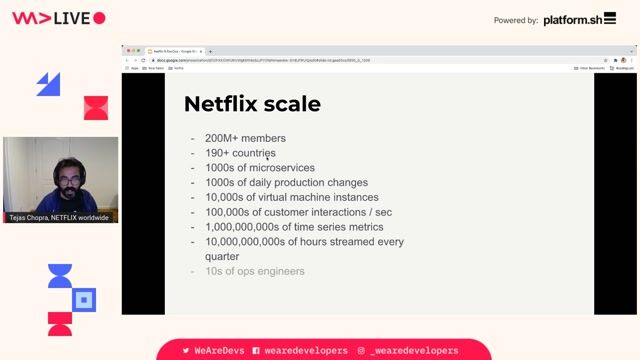
04:07 MIN
Why Netflix doesn't have a traditional DevOps team
DevOps at Netflix

01:16 MIN
Tracing the evolution of DevOps from silos to superhighways
Navigating the AI Wave in DevOps
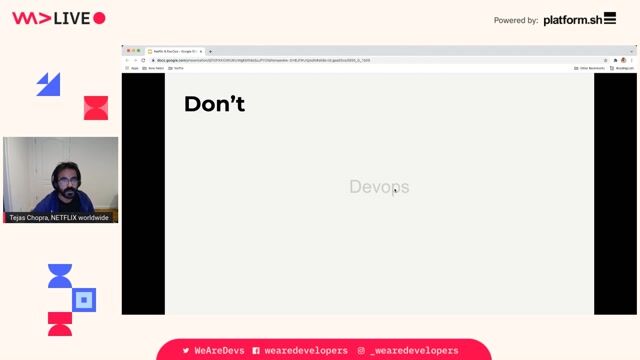
15:09 MIN
DevOps as an outcome of a healthy engineering culture
DevOps at Netflix

28:42 MIN
Key lessons learned from implementing DevSecOps
DevSecOps: Injecting Security into Mobile CI/CD Pipelines

39:50 MIN
Q&A on Team Topologies, security, and cultural change
Fast Flow, Not Fast Fluff: Embracing an Eclectic DevOps Coaching Approach
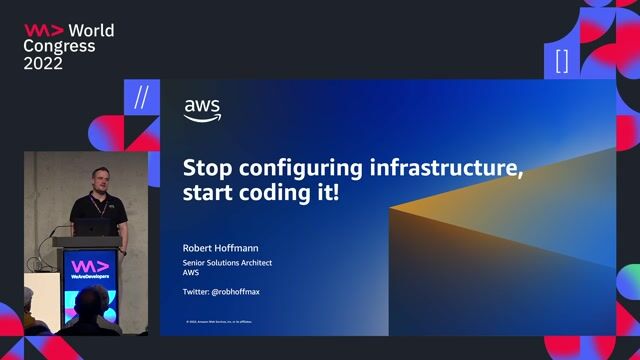
00:20 MIN
The evolution of infrastructure provisioning
Stop configuring infrastructure, start coding it!

01:58 MIN
The evolution from traditional ops to CI/CD pipelines
GitOps: The past, present and future
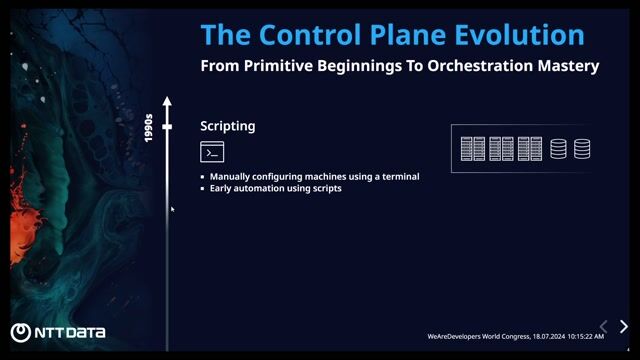
02:48 MIN
The evolution from scripts to infrastructure as code
Chaos in Containers - Unleashing Resilience
Featured Partners
Related Videos
 28:34
28:34Building Applications with Infrastructure as Code
Talia Nassi
 44:40
44:40Enabling automated 1-click customer deployments with built-in quality and security
Christoph Ruggenthaler
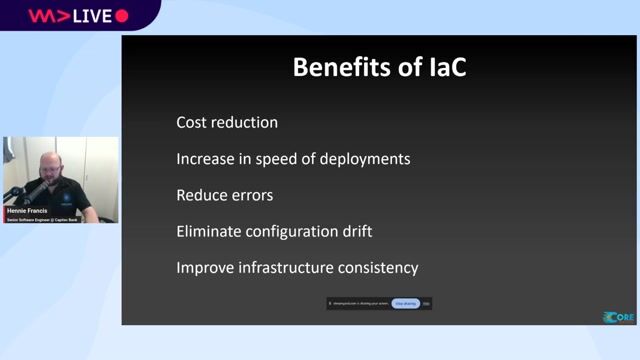 45:04
45:04Infrastructure as Code: The Developer's Secret Weapon
Hennie Francis
 50:28
50:28Practical tips and tricks for CI/CD success
Zan Markan
 37:24
37:24DevOps at Netflix
Tejas Chopra
 58:40
58:40Platform Engineering vs. DevOps Why not both?
Christian Strack
 51:13
51:13Demystifying DevOps—Pros, cons, dos & don'ts
Thomas Fuchs, Waleed Arshad & Frank Dornberger & Idir Ouhab Meskine:
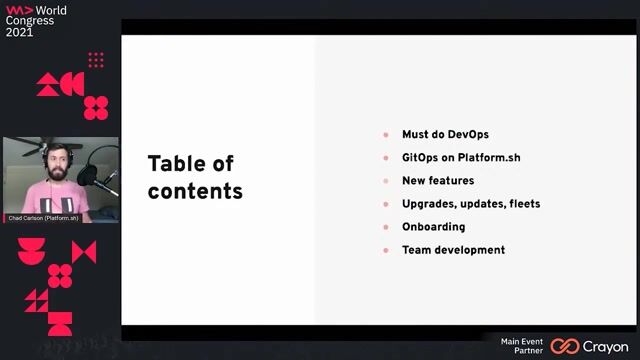 36:09
36:09GitOps keeps focus on apps, not on infrastructure
Chad Carlson
From learning to earning
Jobs that call for the skills explored in this talk.




Dev Ops / Infra
Roots Energy GmbH
Vienna, Austria
Senior
Python
Docker
Terraform
IT Security
Continuous Integration

Implementing DevOps Solutions and Practices using Cisco Platforms Schulung (DEVOPS)
Incas Gmbh
GIT
Bash
Linux
DevOps
Python
+3



DevOps Engineer (80-100% - all identities and backgrounds)
Spitch
Intermediate
GIT
Linux
Kafka
DevOps
Gitlab
+6
